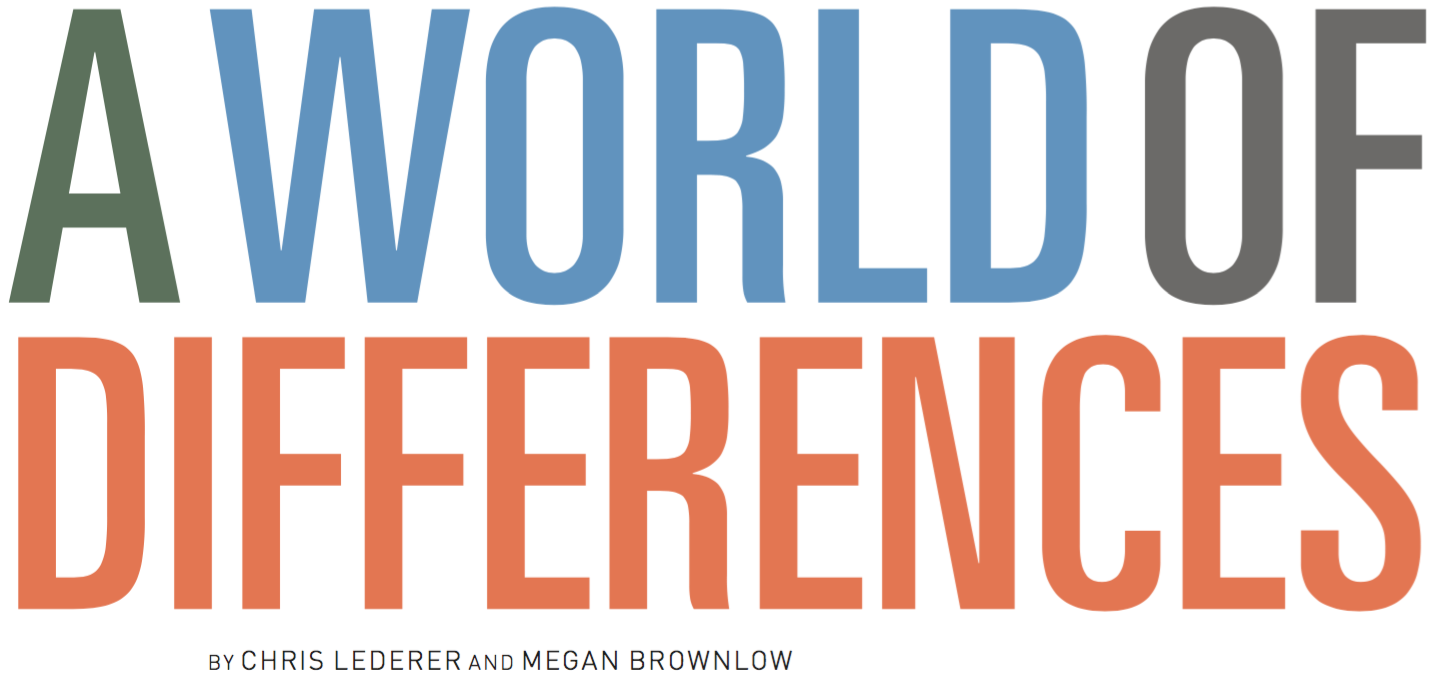We are entreated to a psychological dance of the “minds” so that we basic people will not find ourselves at the “mercy of forces” we cannot understand let alone control. Shall we?
- The disciplined mind – “a distinctive mode of cognition” that characterises a specific “scholarly discipline, craft or profession”. It works with skill-improvement and understanding. If we don’t have this “mind”, we may be dancing to someone else’s jazz squares.
- The synthesising mind – synthesising (combining into a coherent whole), evaluating, and understanding disparate information from a variety of sources. Very important, particularly in this day and age.
- The creating mind – breaking new ground by putting forth new ideas, posing unfamiliar questions, conjuring “fresh ways of thinking” and arriving at unexpected answers.
- The respectful mind – “notes and welcomes” differences between human groups, understanding how others function and seeking to work as effectively as possible with them.
- The ethical mind – a mind that “conceptualises” how we can serve purposes beyond our self-interest and how we can work unselfishly to improve everyone’s all.
Anthropological, fact-based-and-driven scholars (a.k.a. Sheldon Cooper) would find above reasonings frivolous and a humorous read. But for creative minds like us, I think we may share just a tad bit of sameness with the above minds.
The disciplined mind alludes to my constant demand to win arguments no matter the cost…against my elder brother, that is. Though I do not label this as a “formal discipline” per se, I feel that the planning, researching and executing of informed comebacks that will brook no argument is something that embodies what Gardner believes is the second meaning of the word discipline: “training to perfect a skill”. But let me just marshal away from the triviality of this.
I love to write. If I’m more of a listener on the outset then I am definitely a writer on the in. I like to tally, rally and collect. However, I feel that my disciplined mind is at an impasse in regards to the world of professional writing. Unlike Gardner, who studies a psychological issue empirically, clinically and scientifically, when it comes to non-creative writing, at most, I blanch. If someone asked me to write a 500-word article on the Industrial Revolution, paid, at first glance I would take on the challenge. But 5-10 similar challenges later, I find myself on the defensive: I cannot research and sprout nothings again, paid or paid.
If I were to conclude that I am a better creative writer than I am non-fiction, then perhaps I should focus on training to perfect this skill instead. Take on some professional writing courses, download apps for productivity, and so forth.
Future-wise, I mentioned my desire to one day be crowned the titles of director, producer and writer. But thanks to a Screen Futures panel I attended aptly titled, “Screen Culture, Identity, and Diversity on Screen”, I was motivated to be more:
Women should be in in high positions in companies and institutions, situating themselves to be part of the the decision-makers; those who “green-lit” movies/shows, etc.
A decision-maker. And to be in such a high position, I must be able to discipline my mind, body, spirit and soul while increasingly drawing on the skill of synthesising. I have to not only focus on the jobs now, the workers involved, and their current assignments and skills, but also how best to execute current priorities and anticipating “how best to carry out future missions”. I do not just want to apply this to my current craft, I want to constantly evolve, demolish stigma and nuances, and to further this industry to heights unparalleled.
Gardner is right to conclude that these five minds must be cultivated if we are to have the kinds of “managers, leaders, and citizens needed to populate our planet”. I fully agree as one who is personally aiming to be one also.
Educationally, there is no current system that yields individuals who are all of the above. However, we are capable of putting ourselves in situations where we do learn and cultivate these mind and apply them in various situations also. By jumping into a cold pool of the unknown by going on a student exchange in a land I know only through movies, TV shows, and books, I was able to cultivate my respectful and ethical mind through interactions with international and globally-driven young people from different backgrounds and culture. By volunteering, internships and working odd-jobs here and there, I was able to cultivate my disciplined and synthesising mind, and by enrolling on a higher-education course, I was (still am) able to cultivate the creative mind.
Of course, those are very short and sweet, but you get the gist, right?









